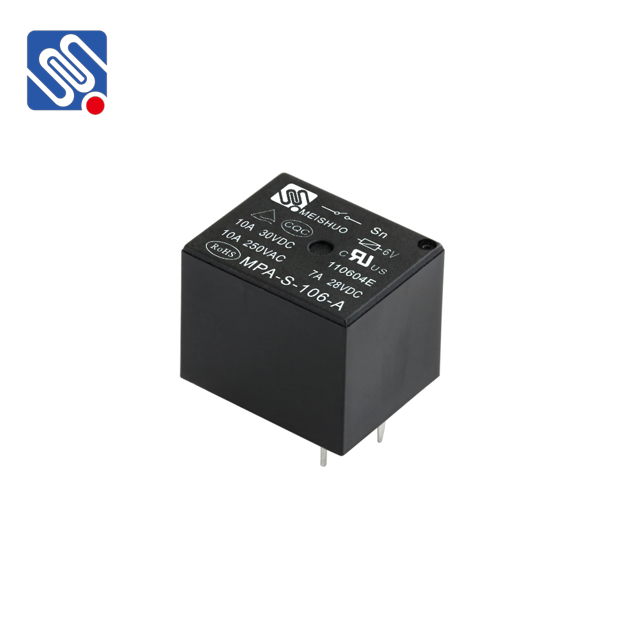Relays are integral components in many electrical and electronic systems, serving as a switch to control circuits without direct manual intervention. They are widely used for automation, safety systems, and remote control applications, where they help manage high-power devices with low-power control signals. One of the most critical specifications of a relay is its current rating, which defines the maximum current the relay’s contacts can handle under specific conditions. Understanding relay current rating is essential for selecting the right relay to ensure efficient and safe operation. In this article, we will explore the concept of relay current rating, its significance, and how to choose the right relay based on this specification.

What is Relay Current Rating? Relay current rating refers to the maximum electrical current that the relay’s contacts can carry while maintaining reliable operation. It is expressed in amperes (A) and typically comes with a voltage rating as well. The current rating is crucial because it determines the amount of current the relay can safely pass through its contacts without causing overheating, arcing, or contact degradation. If the current exceeds the rated value, the relay may malfunction, resulting in potential damage to the device, reduced lifespan, or even complete failure of the relay.
Leave a Reply